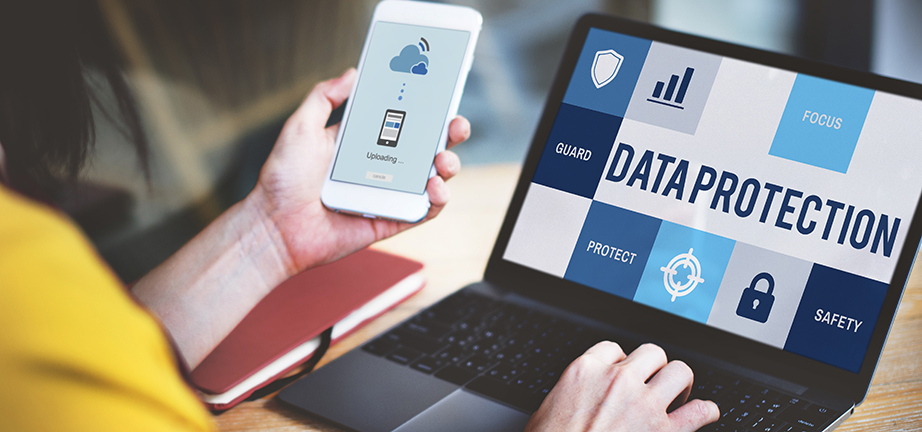Data Privacy

Protecting data to achieve privacy
Data Minimization is the practice of keeping only the data that is essential for personal or business applications on your devices, and it is key to privacy. At Pepperdine, we must ensure we don't collect more information than we need, and that we appropriately end our access to the information when we're done using it. To meet predetermined standards to support data privacy, data must be:
- Adequate
- Relevant
- Restricted by its necessary purpose
The best defense against data hackers is having the right information and staying diligent in our practices. Data minimization is not just an annual event. Actively look for ways to minimize the data you collect and store on a daily basis. By making data minimization a daily process, we protect each other and are more efficient with our personal and business data.
Together, we all share the responsibility of protecting University and personal data from unauthorized access, use, or disclosure.
Data Privacy Day
Data Privacy Day (January 28, 2024) is a global awareness initiative to raise awareness of the importance of data privacy and to promote best practices for protecting personal data.
Information Technology and the Office of Assurance and Advisory Services encourage all supervisors and managers to routinely review the data you and your teams collect, practice data minimalization, and follow best practices.
Get Started